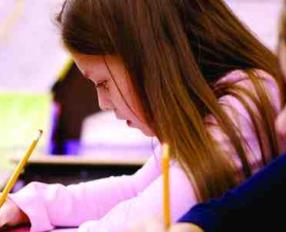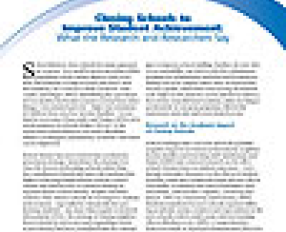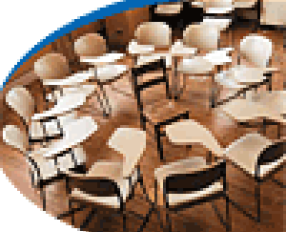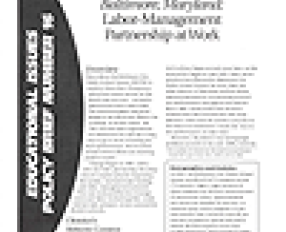School Improvement Resources
As a whole, research suggests that academic effects in charter schools are, at best, mixed—varying by the research method, state, district, subject, grade level and individual school. This research brief includes the findings of prominent national studies, and the impact of charter management organizations and urban charter schools.
This checklist outlines the essential components of a community school to help you conduct an inventory of what your school has set in place and what may need to be addressed based on your school community needs assessment. If your school isn’t a community school yet, this inventory will help you identify areas you need to develop.
Too many students come to school with needs that impede their ability to thrive academically. If we really want to close the achievement gap, we must supplement their regular coursework by addressing factors that are beyond the control of teachers and schools, but still have a direct effect on student outcomes. Important factors such as healthcare, social services and parental involvement are too often divorced from school life, although they are critical to student success. Community schools can be the vehicle for addressing these needs. Learn more about this strategy and how you can play a role in helping advance this work in your community. (March 2016)
School districts close schools for many appropriate reasons. However, school closure has now evolved into a school improvement strategy. This review of research suggests the measures used to determine which schools are to be closed are often flawed, and the effects of school closures as a school improvement strategy are often ineffective and harmful. (October 2012)
This brochure describes AFT's Center for School Improvement project, formerly known as "Redesigning Schools To Raise Achievement (RSRA)." The Center for School Improvement builds capacity at the state, district, school, and classroom levels to improve student achievement by providing training for school teams; information on programs that work; technical support; district and school policy models; and opportunities to build partnerships. (March 2008)
This booklet contains the resolutions on Beginning Reading Instruction and Adolescent Literacy. Also included are a Q&A section, background information and additional reading. (April 2007)
This booklet contains the resolution on Redesigning Schools To Raise Achievement passed at the 1998 AFT convention. Also included are a Q&A section, background information and additional reading. (Revised August 2006)
The Baltimore case study profiles efforts undertaken by labor and management to increase system capacity and the performance of the lowest performing schools in the district. By focusing on professional development for teachers, adopting successfully-proven reform models district-wide, and (when reconstitution hit the district) making every effort to keep the school within the jurisdiction of the district, Baltimore illustrates how system morale and student learning can be increased in measurable ways. (July 2003)
This brochure highlights the Foundation Center's "virtual classroom," which provides courses and tutorials on grant proposal writing, budgeting basics and more. The center also offers subscription-based directories of foundations and available grants. (January 2003)









